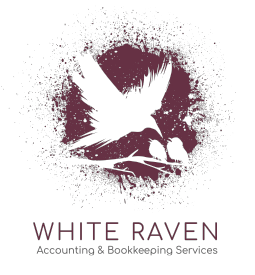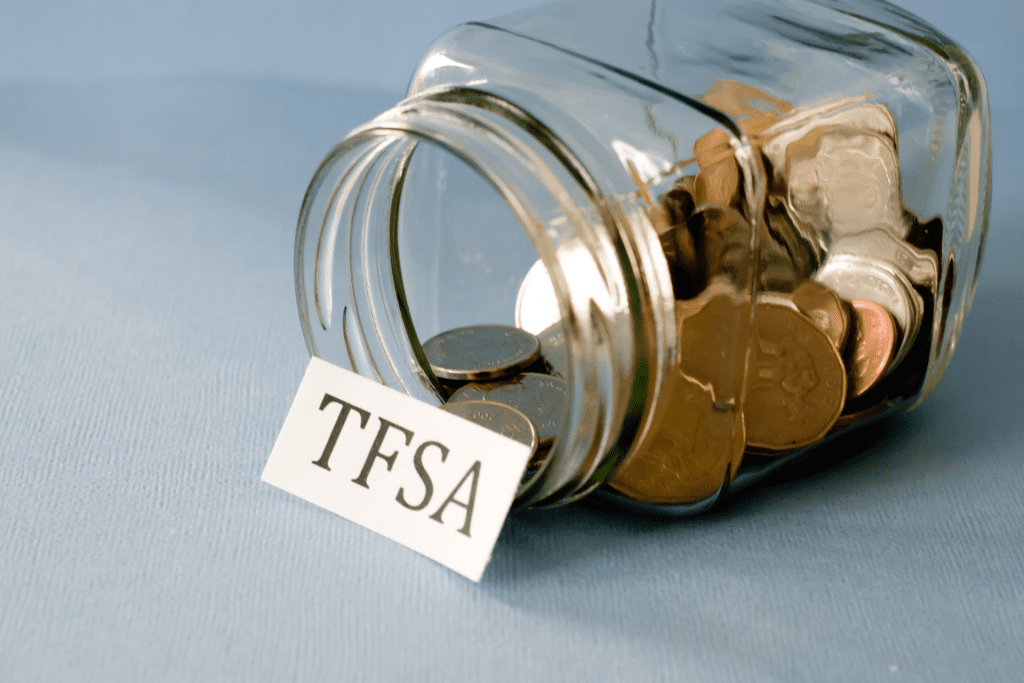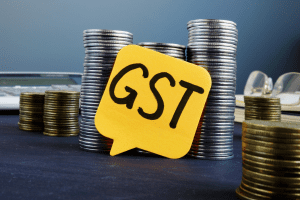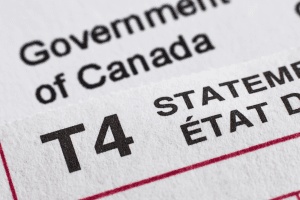The Tax-Free Savings Account (TFSA) is one of the most versatile and tax-efficient tools available to Canadians. Despite its name, it’s much more than a simple savings account—it’s a powerful investment vehicle that allows your money to grow without being taxed on the earnings. Whether you’re saving for a down payment, building an emergency fund, or planning for retirement, the TFSA can adapt to your financial goals at every stage of life.
Established in 2009, the TFSA was designed to give Canadians a flexible way to save and invest. What sets it apart is that all income earned inside the account, whether from interest, dividends, or capital gains, is completely tax-free. Withdrawals are also tax-free and can be made at any time, for any reason. Unlike the RRSP, there are no tax deductions for contributions, but also no taxes when you take money out. For those looking to compare both accounts, understanding the differences between a TFSA and a Registered Retirement Savings Plan (RRSP) is an important step in building a smart strategy.
What Is a Tax-Free Savings Account (TFSA)?
A TFSA is a registered account that allows Canadian residents over the age of 18 with a valid Social Insurance Number (SIN) to earn investment income without paying tax. The flexibility of this account is what makes it so attractive. You can use it to invest in high-interest savings, GICs, mutual funds, stocks, ETFs, and more. Contributions are not tax-deductible, but you won’t be taxed on earnings or withdrawals.
Because it’s not tied to a specific purpose, unlike Registered Education Savings Plans (RESPs) for education or the First Home Savings Account (FHSA) for buying your first home, you can use your TFSA however you choose. That flexibility also makes it an excellent place to hold long-term growth investments like equities and ETFs. Many Canadians make the mistake of only using their TFSA to park cash, which misses out on its full potential.
Here are some of the most common types of investments you can hold in your TFSA:
- Cash (savings account-style deposits)
- Guaranteed Investment Certificates (GICs)
- Mutual funds
- Exchange-Traded Funds (ETFs)
- Individual stocks and bonds
- Certain real estate investment trusts (REITs)
Not all assets are permitted—for example, private company shares you control or collectibles are not allowed—and frequent trading can also raise red flags with the CRA.
Who Can Open a TFSA?
To open a TFSA, you must be a resident of Canada, 18 years or older, and have a SIN. Once eligible, you can open an account at most financial institutions. If you move out of the country, you can keep your TFSA, but you’re no longer allowed to contribute while a non-resident. Doing so will trigger a 1% penalty per month on the excess amount contributed.
The account remains tax-free while you’re a non-resident, but it stops accumulating new contribution room until you regain Canadian residency. If you’re planning on spending time abroad, make sure to pause contributions and review your activity at year-end.\
TFSA Contribution Room and Limits
Every year, the federal government sets a limit on how much you can contribute to your TFSA. The amount is indexed to inflation and typically rises in $500 increments. If you don’t contribute the full amount in one year, the unused room carries forward indefinitely. For example, someone who turned 18 in 2009 and has never contributed could have $95,000 in available contribution room as of 2024—assuming they were a Canadian resident every year.
The annual TFSA contribution limit changes frequently, and knowing your available room can help you avoid costly penalties. Over-contributing triggers a 1% monthly tax on the excess. Another common issue is re-contributing the same funds after a withdrawal. Withdrawals do increase your contribution room, but only in the following calendar year.
It’s also important to track contributions if you hold multiple TFSA accounts or transfer funds between institutions. Even transferring between banks can count as a new contribution if not done properly. This is why it’s helpful to maintain good financial records and perhaps even consider how bookkeeping saves money, not just for businesses but for your personal finances too.
What Can You Hold in a TFSA?
A TFSA can hold a broad range of investments, giving you control over how your savings grow. Common holdings include cash, GICs, mutual funds, ETFs, stocks, and bonds. A self-directed TFSA allows you to buy and sell these assets as you see fit, but with more control comes more responsibility.
Frequent day trading in a TFSA can attract unwanted attention from the CRA. If they determine you’re operating a business inside your TFSA, your gains could become taxable. Additionally, some assets—like shares in private corporations or certain foreign investments—are not allowed.
Understanding the types of accounts and assets available to you is critical to maximizing returns. If you’re weighing different investment options, you might benefit from reviewing the different types of investment accounts available to Canadians.
How TFSA Withdrawals Work
One of the biggest advantages of the TFSA is that you can withdraw funds at any time, for any reason, without paying tax. Whether you’re covering an emergency expense or funding a vacation, your withdrawals are always tax-free. But there’s a catch—withdrawn amounts are only added back to your contribution room at the start of the next calendar year.
Let’s say you contribute $6,000 in January, then withdraw $4,000 in June. If you re-contribute that $4,000 before the year ends, you’ll exceed your annual limit unless you had additional unused room carried forward. This is one of the most common pitfalls and a major reason why it’s important to track contributions carefully.
Common TFSA Mistakes to Avoid
Misusing your TFSA can result in penalties, missed opportunities, or even a CRA audit. Here are some frequent mistakes to watch out for:
- Over-contributing without checking your available room
- Re-contributing withdrawals too early in the same year
- Using the TFSA like a chequing account, with frequent in-and-out transactions
- Holding only cash, which limits your potential for long-term growth
- Frequent trading, which could cause the CRA to view your TFSA as a business
Another overlooked mistake is failing to factor your TFSA into your broader financial goals. Whether it’s supplementing retirement income or saving for a large purchase, this account can serve many purposes—especially when paired with strong financial habits. If you’re just starting out or want a better understanding of financial fundamentals, our financial literacy guide offers a great foundation.
Strategies to Maximize Your TFSA
If you want to make the most of your TFSA, a proactive strategy is key. Here are some effective ways to grow your savings and investments:
- Prioritize growth-oriented investments like ETFs and stocks
- Start contributing early, even if it’s a small monthly amount
- Automate contributions to stay consistent
- Use the TFSA for long-term goals, not just short-term spending
- Coordinate your TFSA and RRSP, depending on your tax bracket
It’s also smart to reassess your TFSA usage each year. As your income, goals, and investment knowledge evolve, so should your approach.
Final Thoughts
The TFSA is often underestimated, but it’s one of the most valuable tools in a Canadian’s financial toolkit. From flexible withdrawals to tax-free growth, it can be tailored to nearly any savings goal. But like any financial account, it’s only as powerful as your understanding of it. Take time to monitor your contribution room, invest wisely, and avoid common errors.
And if you need help tracking contributions or managing multiple accounts, working with a bookkeeper can save you both time and money. Just as strong bookkeeping helps businesses thrive, it plays a crucial role in your personal wealth strategy too.





